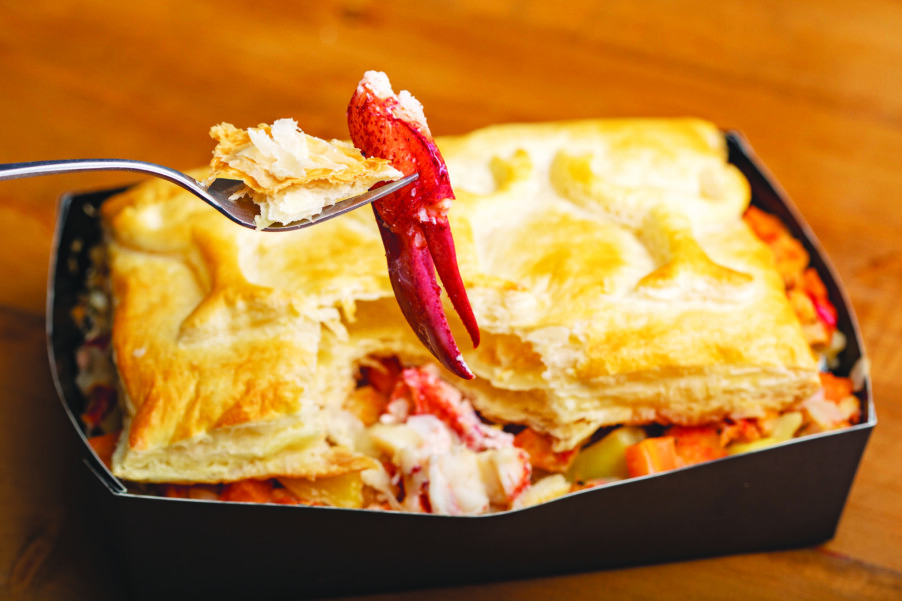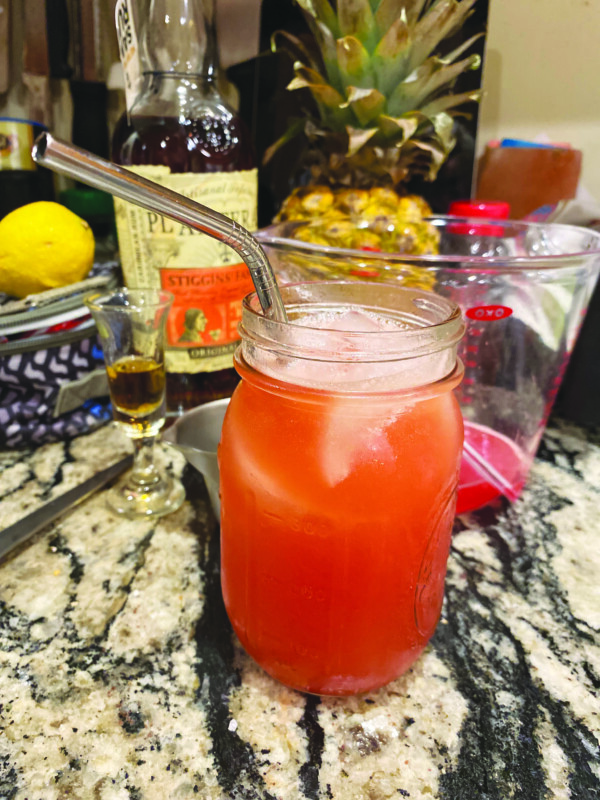News from the local food scene
• New tiki bar: What The Pho! (836 Elm St. in Manchester), described on its website whatthephorestaurant.com as an “Asian Noodle Bar & Bamboo Tiki Bar,” had its ribbon-cutting ceremony Aug. 16. The food has an East Asian focus, including pho (a spicy Vietnamese noodle soup), noodle bowls, rice bowls and banh mi sandwiches. Beverages include tiki drinks, specialty craft cocktails, local craft beer and wine. Reservations and takeout orders can be placed over the phone; online ordering will be available soon, according to the website.
• Oktoberfest: To Share Brewing (720 Union St, Manchester, 836-6947, tosharebrewing.com) will hold its annual Oktoberfest Saturday, Sept. 14, from 1 to 9 p.m. Celebrate the release of To Share’s October Altbier, with special food, branded dimpled mugs and draft specials, a stein-holding competition and more.
• Ice cream and the arts: The Friends of the Audi will host their 34th annual season-opening Gala, Arts Fair and Ice Cream Social, Sunday, Sept. 15, at 6 p.m. at the Concord City Auditorium (2 Prince St., Concord, 228-2793, theaudi.org). This will be a free, ticket-less, fun family event. Enjoy Arnie’s Ice Cream and visit displays of the area’s exciting arts groups, and don’t forget to take a chance on the $2,000 Gala raffle. Visit the Auditorium’s website.
• Old blue eyes: Fulchino Vineyard (187 Pine Hill Road, Hollis, 438-5984, fulchinovineyard.com) will host a five-course Sinatra Wine Pairing dinner, Sunday, Sept 15, from 5 to 8:30 p.m. Chris Jason and Joelle Rhigetti and the nine-piece Sinatra Live Big Band perform classic favorites from Sinatra to Dean Martin and more. Tickets are $189 through the Vineyard’s website. Space is limited.
• Buzz buzz: Tuscan Market (Tuscan Village, 9 Via Toscana, Salem, 912-5467, tuscanbrands.com) will host a class Thursday, Sept. 19, from 6 to 8 p.m.: Espresso Martini, Coffee Cocktails & Dessert. Mixologist Anthony Pino will bring participants through cocktail basics while teaching how to make a classic espresso martini along with other coffee cocktails. A dessert will be paired with the martini. A server will be available to take orders from the full menu. Tickets are $85 and available through the Market’s website.




